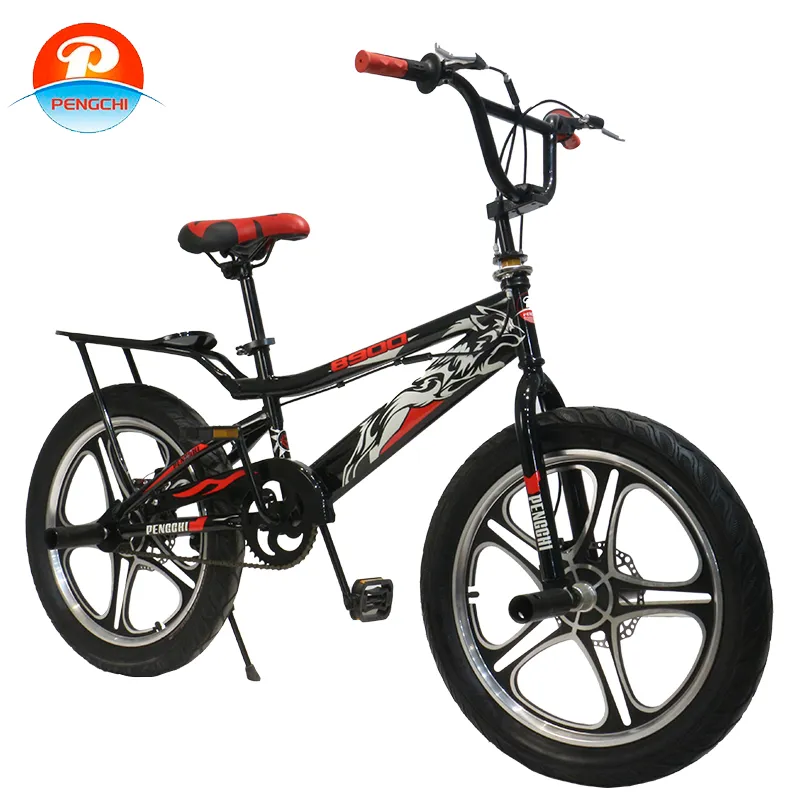
-
 Afrikaans
Afrikaans -
 Arabic
Arabic -
 Belarusian
Belarusian -
 Bengali
Bengali -
 Bulgarian
Bulgarian -
 Croatian
Croatian -
 Czech
Czech -
 Danish
Danish -
 Dutch
Dutch -
 English
English -
 Finnish
Finnish -
 French
French -
 German
German -
 Greek
Greek -
 hawaiian
hawaiian -
 Hebrew
Hebrew -
 Hindi
Hindi -
 Hungarian
Hungarian -
 Indonesian
Indonesian -
 irish
irish -
 Italian
Italian -
 Japanese
Japanese -
 Javanese
Javanese -
 kazakh
kazakh -
 Khmer
Khmer -
 Korean
Korean -
 Kyrgyz
Kyrgyz -
 Lao
Lao -
 Latin
Latin -
 Luxembourgish
Luxembourgish -
 Malay
Malay -
 Myanmar
Myanmar -
 Norwegian
Norwegian -
 Persian
Persian -
 Polish
Polish -
 Portuguese
Portuguese -
 Romanian
Romanian -
 Russian
Russian -
 Serbian
Serbian -
 Slovak
Slovak -
 Somali
Somali -
 Spanish
Spanish -
 Swedish
Swedish -
 Tagalog
Tagalog -
 Thai
Thai -
 Turkish
Turkish -
 Turkmen
Turkmen -
 Ukrainian
Ukrainian -
 Uighur
Uighur -
 Vietnamese
Vietnamese
نويابىر . 20, 2024 09:16 Back to list
difference between mountain bike and hybrid bike
The Difference Between Mountain Bikes and Hybrid Bikes
When it comes to choosing the right bicycle for your needs, understanding the differences between mountain bikes and hybrid bikes is crucial. These two types of bicycles cater to different riding styles and terrains, making them suited for specific purposes. This article will explore the key distinctions between mountain bikes and hybrid bikes, examining their design, features, and intended uses.
Design and Frame
Mountain bikes are designed for off-road cycling. They feature a sturdy frame constructed from materials like aluminum or carbon fiber, ensuring durability and resilience against rough terrains. The geometry of mountain bike frames is built to provide stability and control on uneven surfaces, with a slacker head angle and shorter top tube, enhancing maneuverability on trails.
In contrast, hybrid bikes blend the design features of road bikes and mountain bikes. They usually have a more relaxed geometry, making them comfortable for casual riding and commuting. The frames are typically lighter than mountain bikes, as they are not intended for rugged trails. Hybrid bikes often employ a step-through frame design, making it easier for riders to mount and dismount, particularly in urban settings.
Tires and Suspension
One of the most significant differences between mountain bikes and hybrid bikes is in their tires and suspension systems. Mountain bikes have wide, knobby tires that offer superior traction and shock absorption on rocky and uneven terrain. These tires are designed to handle mud, dirt, and gravel, enabling riders to maintain grip even in challenging conditions. Additionally, many mountain bikes feature advanced suspension systems, including front forks or full suspension setups, which absorb impacts from bumps and drops.
Hybrid bikes, on the other hand, have narrower tires, typically ranging from 28mm to 38mm in width. The tires are usually slick or semi-slick, designed to provide a smoother ride on pavement while still offering some grip for light off-road paths. Suspension on hybrid bikes is minimal; many models come equipped with rigid forks for reduced weight and increased efficiency on paved surfaces, though some hybrids include a basic front suspension to enhance comfort on bumpy roads.
Gearing and Brakes
difference between mountain bike and hybrid bike

When it comes to gearing, mountain bikes are equipped with a wider range of gears to accommodate steep climbs and rapid descents found on trails. This gearing system allows riders to tackle a variety of terrains with ease, providing the necessary torque for climbing hills. Mountain bikes often employ more robust gearing systems that can withstand the rigorous demands of off-road cycling.
Hybrid bikes, on the other hand, generally have simpler gearing systems. They often feature a mid-range set of gears, which is sufficient for urban and suburban riding, including moderate hills. The emphasis for hybrids is more on efficiency and comfort during everyday commuting rather than extreme versatility.
Braking systems also differ between the two types of bikes. Mountain bikes commonly use disc brakes, which offer powerful stopping performance in all weather conditions, crucial for safe descents on rugged terrain. Hybrid bikes may utilize a mix of rim brakes and disc brakes, with an increasing trend toward hydraulic disc brakes due to their reliability and effectiveness.
Intended Use and Performance
The intended use is perhaps the most fundamental difference between mountain bikes and hybrid bikes. Mountain bikes are built for adrenaline seekers who enjoy biking on trails, rough paths, and natural terrains. They are optimal for technical descents, rocky hills, and various off-road challenges.
In contrast, hybrid bikes are ideal for individuals who wish to blend commuting, fitness riding, and leisure cycling. They perform well on a mixture of surfaces, making them suitable for city streets, bike paths, and light trails. Hybrids offer versatility for riders who may face a variety of terrains but do not intend to tackle extreme off-road conditions.
Conclusion
In summary, the choice between a mountain bike and a hybrid bike comes down to personal preference and intended use. Mountain bikes excel in rugged, off-road environments, providing durability, superior traction, and a robust suspension to handle the roughest trails. Conversely, hybrid bikes offer a balance of comfortable riding, versatility, and efficiency, making them ideal for urban commuting and leisurely rides. By understanding these differences, you can make an informed decision that aligns with your cycling needs. Whether you're conquering mountains or cruising through city streets, the right bike will enhance your riding experience.
-
Premium Titanium Road Bike: Lightweight & Durable
NewsAug.01,2025
-
Red Black BMX Bike with GPT-4-Turbo AI Tech
NewsJul.31,2025
-
New Red Anti-theft E-Bike | Easy Ride City Commuter
NewsJul.31,2025
-
BMX 20 Inch Bikes for Freestyle & Street | Fat Tire Options Available
NewsJul.30,2025
-
322 High Quality 26 Inch 21 Speed Adult Mountain Bike OEM MTB
NewsJul.29,2025
-
Specialized Kids Mountain Bikes - Safe, Durable & Fun Riding Experience
NewsJul.29,2025

